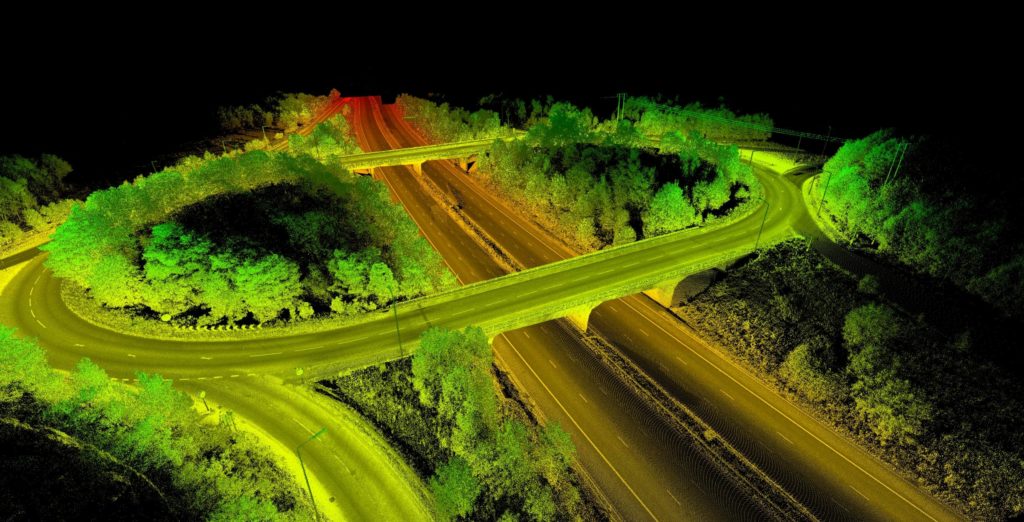Technology can be mind-boggling but is it also complicated? Most technology – may it be machines, algorithms or programs – seem very complex and hard to understand. Looking closer though, they are more like systems. Components acting together in a certain way which result in what we perceive as a piece of technology. As an engineer we learned to look at these parts – understand them, to know what role they have within the scope of the whole system.
With this series “Parameters of Airborne LiDAR Survey” I want to take a closer look at the different pieces that play together when doing LiDAR scanning. While my introduction to LiDAR tried to simplify the whole scanning principle, these articles will cover a more detailed look at the different properties and parameter involved in LiDAR.
The series will consist of three parts. Each will have a range of articles looking at a specific topic. I will link each article as they appear in the table of contents below. Come back to find more articles over time or subscribe to my newsletter to get notified whenever a new article is published.
Series Table of Content
Part 1: Signal Properties
Part 2: Sensor Parameters
Part 3: Aircraft and Flight Parameters
